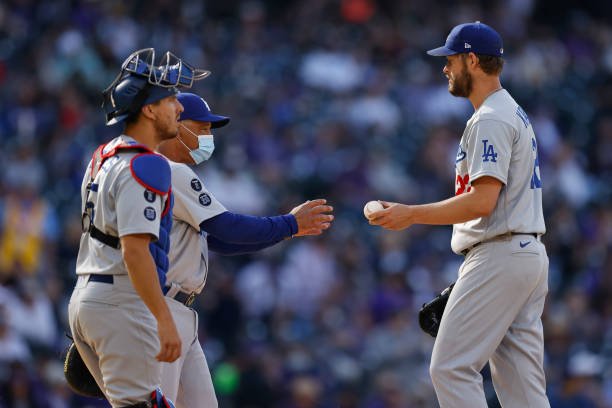Skilled: Understanding 2022 MLB Roster Structures
With a new MLB season comes new roster interpretations. In his latest Friday MLB Column, Justin uncovers the latest roster construction trends and the importance of self-assessing in baseball.
Putting people in positions to succeed is the role of management. Finding out how to maximize a player’s ability while controlling the atmosphere of a locker room determines how successful sport management staff turns out. In baseball, figuring out lineup spots, pitching rotations, and bullpen roles can go as small as a game's outcome, while putting players in consistent, defined roles creates comfort for each player. However, some teams mold their roster with the objective that performance will determine set circumstances utilizing spring training as the tool to which the best performances are representative of the season. The problem to this theory is small sample sizes. Advanced scouting and knowing what a team has in a player creates projections through which the manager hopes to maximize strengths and improve weaknesses on a roster.
In 2022, the latest trend is to put power hitters at the top of the lineup. The traditional viewpoint of having a speedy leadoff hitter and a contact hitter as the second lineup spot has changed to which teams put run producers at the top of the lineup. While the explanation for doing so is that the most talented players get more at-bats than the traditional leadoff hitter, it has led to a shift in which power is more important than speed. Therefore, the change of lineup configuration is not about 'better or worse' but which traits appeal to the manager, as an extension of the front office, to which he wants his lineup to perform.
The pitching rotation is another story. The traditional narrative that the best pitchers should get the most starts will never change, even as MLB's talent increases. What has deviated from past seasons is the length to how deep the starting pitcher goes in a single game. Due to the MLB lockout, the players and owners agreed to shortened spring training, leading to a lack of innings from starting pitchers at the beginning of the season. During Clayton Kershaw’s perfect game bid after seven innings, through which he had only thrown 80 pitches, manager Dave Roberts decided to pull his 34-year-old ace. It was his second start, and he was coming off a season-ending injury months ago. Roberts took the brunt of the blame for pulling Kershaw. The pitcher himself said he agreed with the decision, given he had not thrown more than 80 pitches in a simulated game. While a rare feat, the long-term health of pitchers, specifically those coming off injury, are prioritized over rare feats early on in 2022.
As a cause and effect of limiting the innings from a starting pitcher, bullpen usage prioritizes multiple inning arms over 'one and done' relievers, in which they only throw one inning until pulled from the game. Middle-inning relievers are replaced by swingmen, with traditional set-up men and closers providing one inning performances at the back end of games. The trend should continue to prioritize multiple-innings usage, with the Red Sox’ Garrett Whitlock as the model for the future multi-inning closer.
Evaluators have always placed emphasis on traits, team-by-team, with some anchoring the trend and others finding innovative new ways to build rosters without mainstream talent pool. Utilizing a mix of 'inside' and 'outside' perspectives allow teams to self-assess and construct their roster, while maintaining short term and long-term goals. Instead of going with a set plan prior to the season on how the team will turn out, keeping an open perspective and learning mindset allows for an essential trait in baseball, adaptability. The degree to which teams understand and maximize the skills of every player, from the bottom of the roster, determines how effective each player will be and help their organization onward.
Reference Page
Images Courtesy of Getty Images
